Deer, known for their graceful presence and stunning antlers, are a diverse group of mammals belonging to the family Cervidae. With habitats spanning across various regions of the globe, they exhibit an array of physical characteristics and behaviors.
Here, we explore some of the remarkable deer species, each with its unique attributes and significance.
- Moose
- Roe Deer
- Barasingha Deer
- Pampas Deer
- Red Deer
- Reindeer
- Chital Deer
- Marsh Deer
- Muntjac Deer
- European Fallow Deer
- White-tailed Deer
- Mule Deer
- Chinese Water Deer
- Eld’s Deer
- Fea’s Muntjac Deer
- Elk
- Tufted Deer
- Sika Deer
- Northern Pudu Deer
- Sambar Deer
- Indian Muntjac Deer
- Persian Fallow Deer
- Indian Hog Deer
1. Moose (Alces alces)
Moose, often towering over other deer species, are native to North America, Europe, and Asia. They are characterized by their massive size, long legs, and broad, palmate antlers, making them a significant symbol of the northern wilderness.

2. Roe Deer (Capreolus capreolus)
Roe deer, found across Europe and Asia, are small to medium-sized with distinct reddish-brown fur. They are known for their elegant appearance and are a vital part of many ecosystems.

3. Barasingha Deer (Rucervus duvaucelii)
Barasingha deer, also known as swamp deer, are primarily found in the Indian subcontinent. They possess distinct antlers with a unique number of tines, making them easily identifiable.
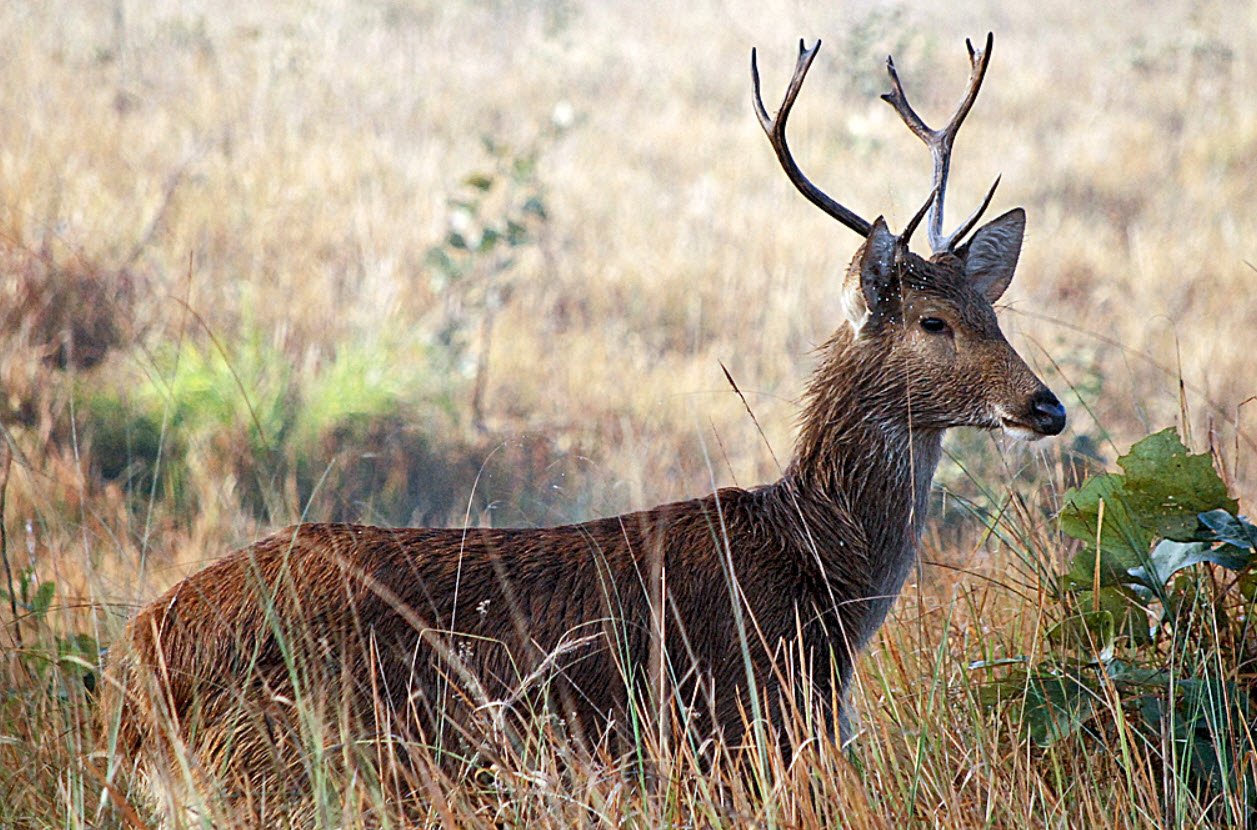
4. Pampas Deer (Ozotoceros bezoarticus)
Native to South America, the Pampas deer is characterized by its slender body and lyre-shaped antlers. They primarily inhabit grasslands and marshes.

5. Red Deer (Cervus elaphus)
The red deer, prevalent in Europe, Asia, and parts of North Africa, is one of the largest deer species. They are notable for their red-brown fur and branching antlers.
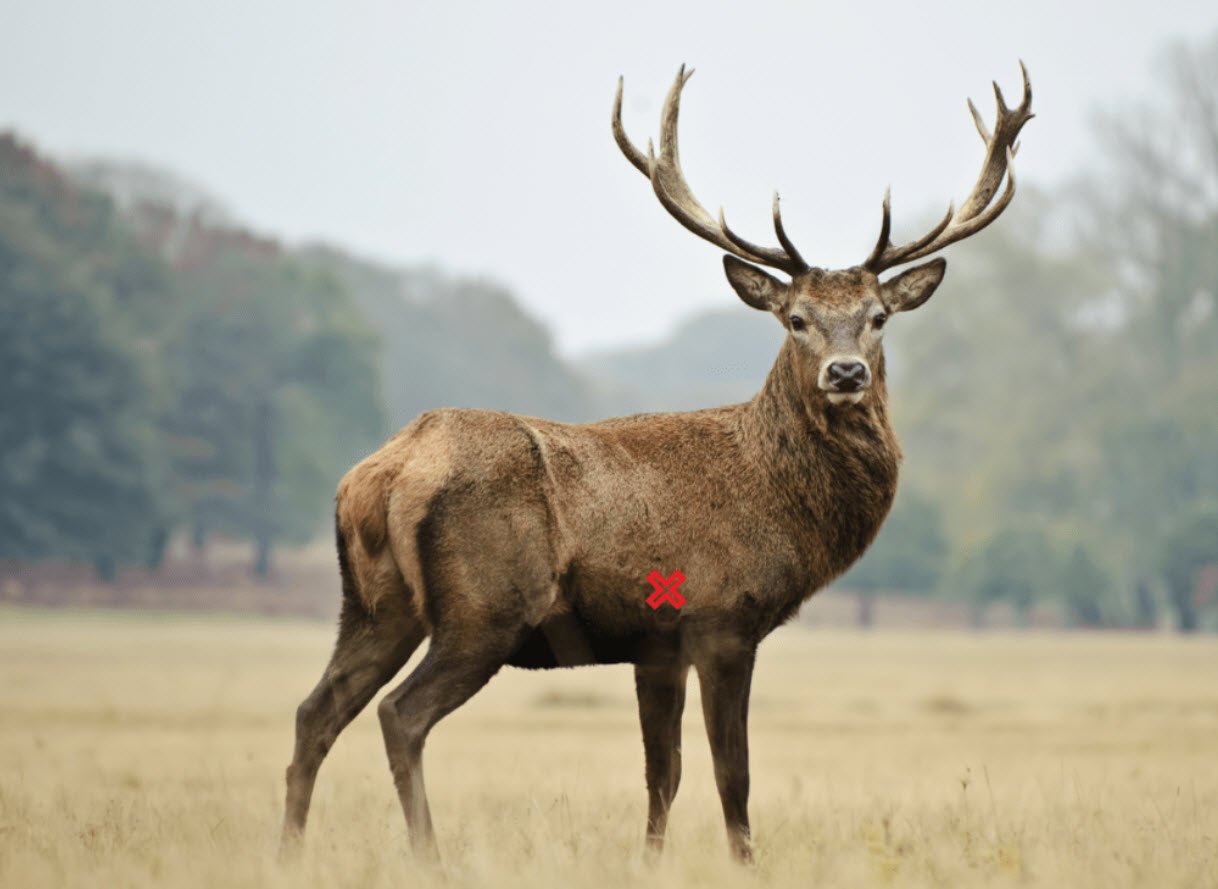
6. Reindeer (Rangifer tarandus)
Reindeer, native to the Arctic and subarctic regions, are famous for their association with Santa Claus during the holiday season. Both males and females have antlers, making them unique in the deer world.
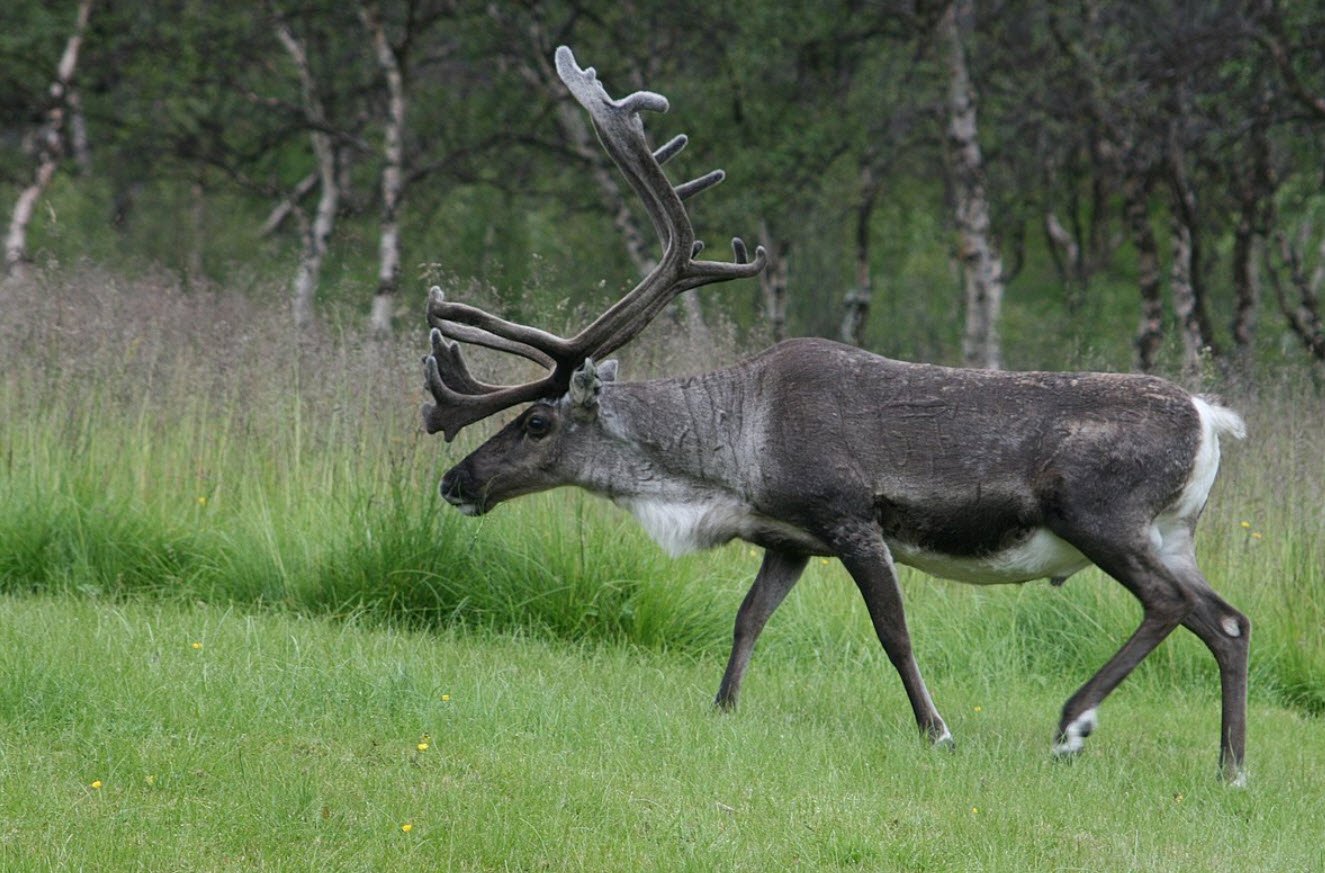
7. Chital Deer (Axis axis)
Chital deer, also known as spotted deer, are native to the Indian subcontinent. They have a beautiful coat adorned with white spots, making them stand out.

8. Marsh Deer (Blastocerus dichotomus)
Marsh deer, as the name suggests, prefer wetlands and marshy areas in South America. They have relatively long legs and distinctive antlers.

9. Muntjac Deer (Genus Muntiacus)
Muntjac deer are a diverse group of small deer species found across Asia. They are known for their short antlers and often possess fang-like canine teeth.

10. European Fallow Deer (Dama dama)
European fallow deer, native to Europe and parts of Asia, are recognized by their palmate antlers and distinct coat variations, ranging from white to chestnut brown.

11. White-tailed Deer (Odocoileus virginianus)
White-tailed deer are widespread in North and South America. They are characterized by their white underside of the tail, which is raised when alarmed.

12. Mule Deer (Odocoileus hemionus)
Mule deer are prevalent in western North America and are recognized for their large ears and impressive, branching antlers.

13. Chinese Water Deer (Hydropotes inermis)
Chinese water deer, native to China and Korea, are unique as they lack antlers and possess long canine teeth resembling tusks.

14. Eld’s Deer (Panolia eldii)
Eld’s deer, native to Southeast Asia, are recognized for their distinctive, long antlers and are of conservation concern due to habitat loss.
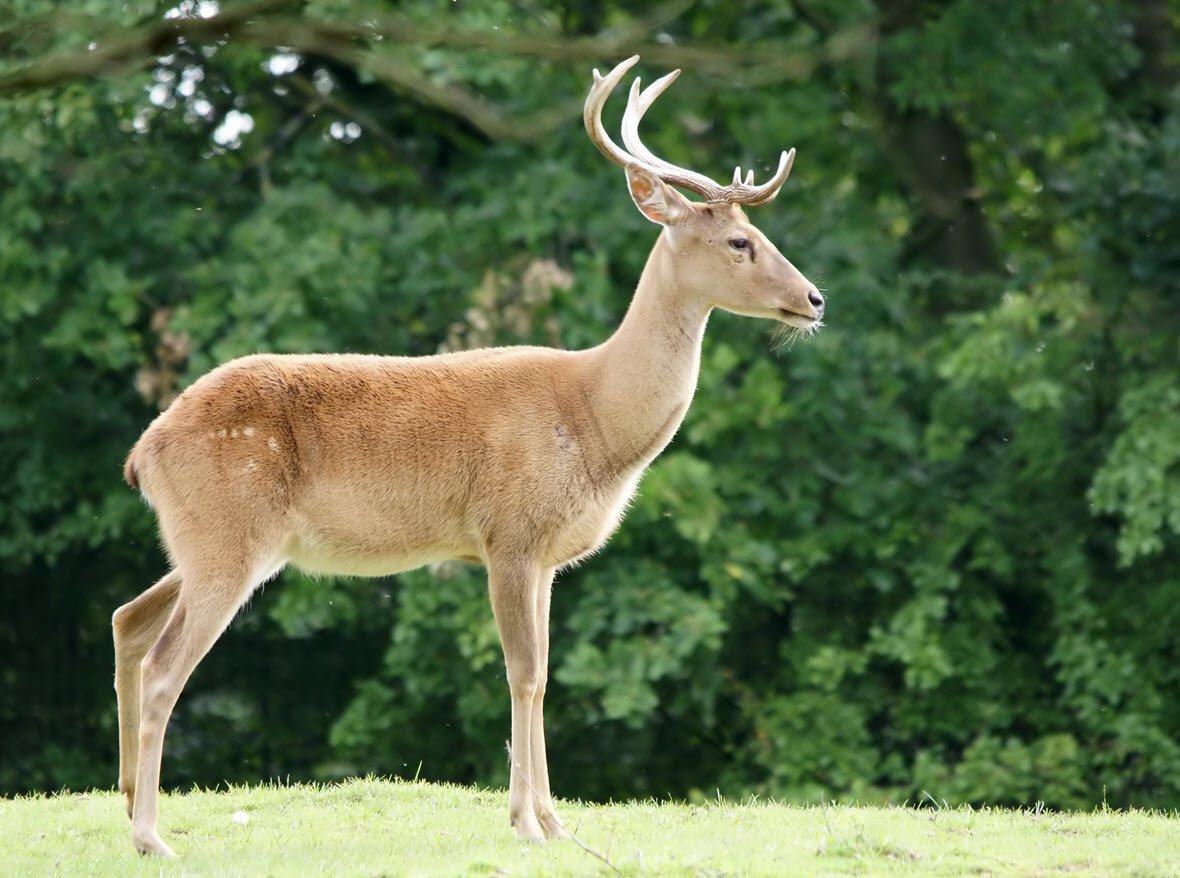
15. Fea’s Muntjac Deer (Muntiacus feae)
Fea’s muntjac, native to Southeast Asia, is a small deer species with short antlers and a reddish-brown coat.
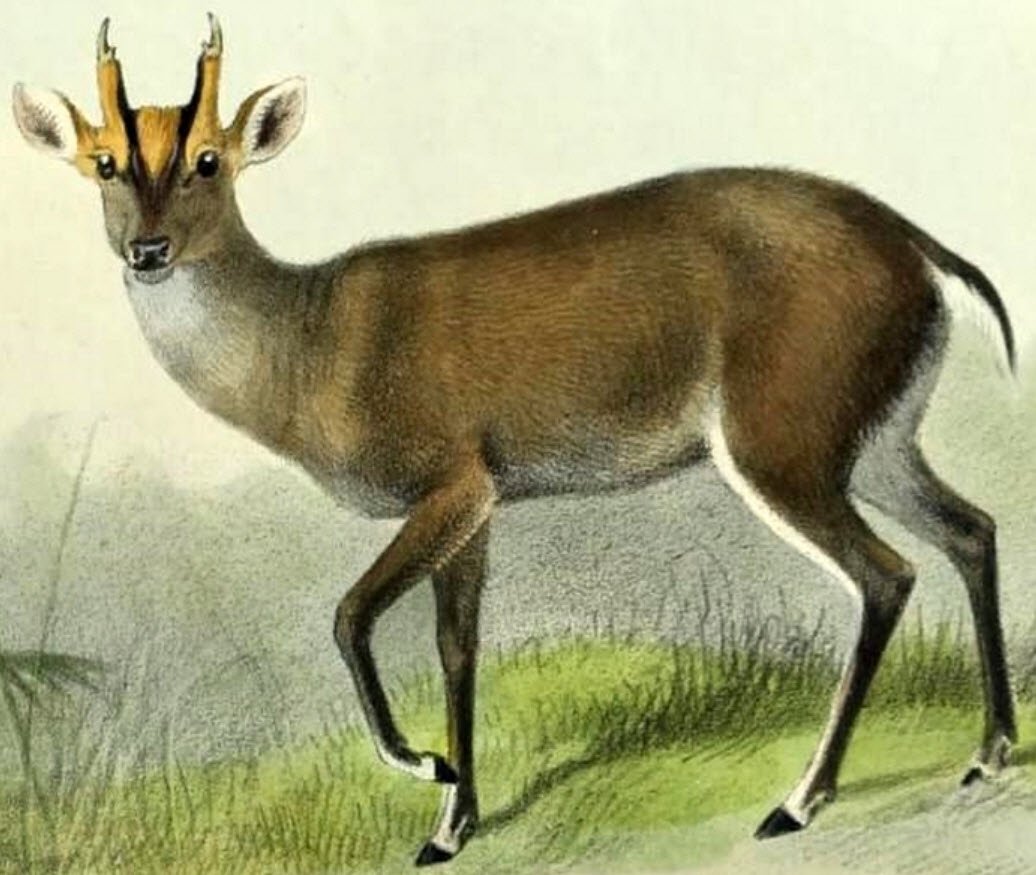
16. Elk (Cervus canadensis)
Elk, also known as wapiti, are one of the largest deer species native to North America and parts of Asia. They possess impressive antlers with multiple tines.
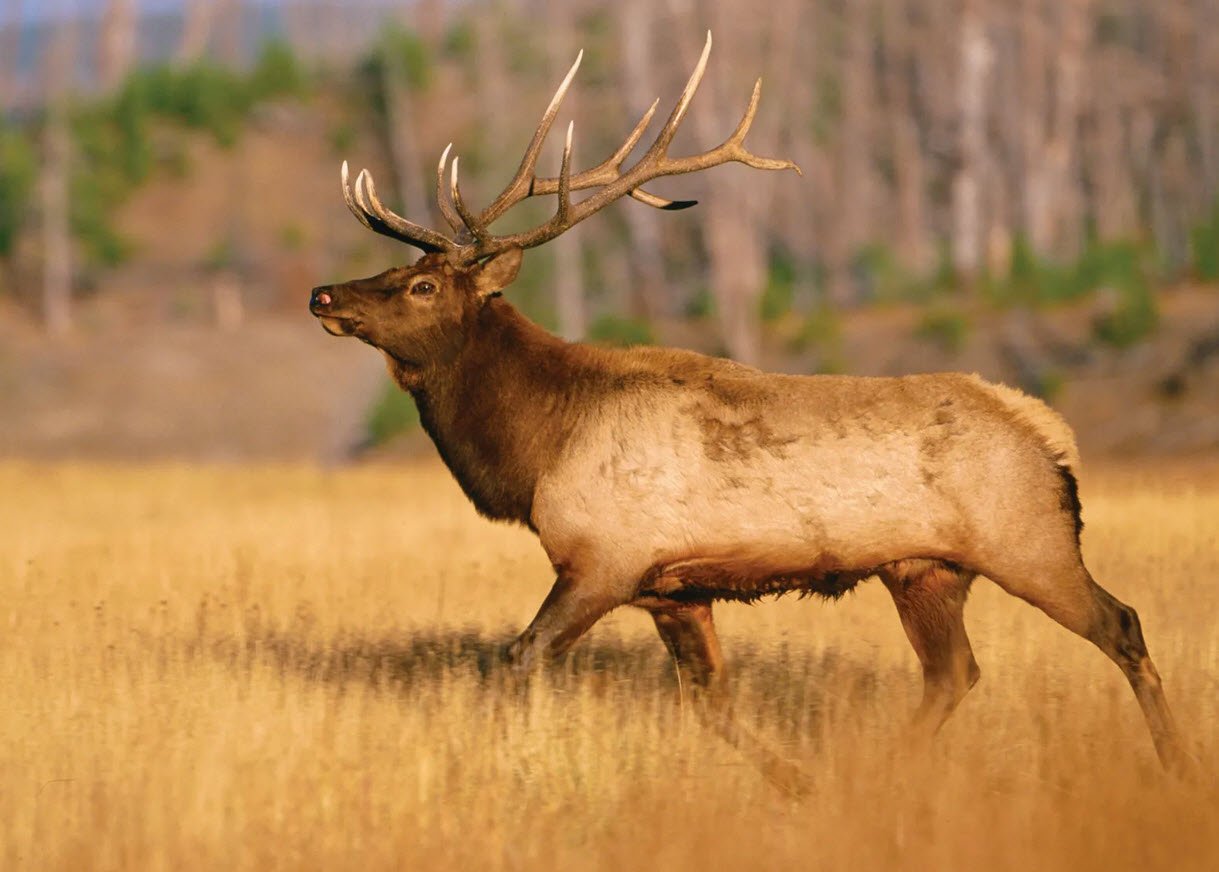
17. Tufted Deer (Elaphodus cephalophus)
Tufted deer, native to China and Myanmar, are characterized by a tuft of black hair on their foreheads and relatively small antlers.
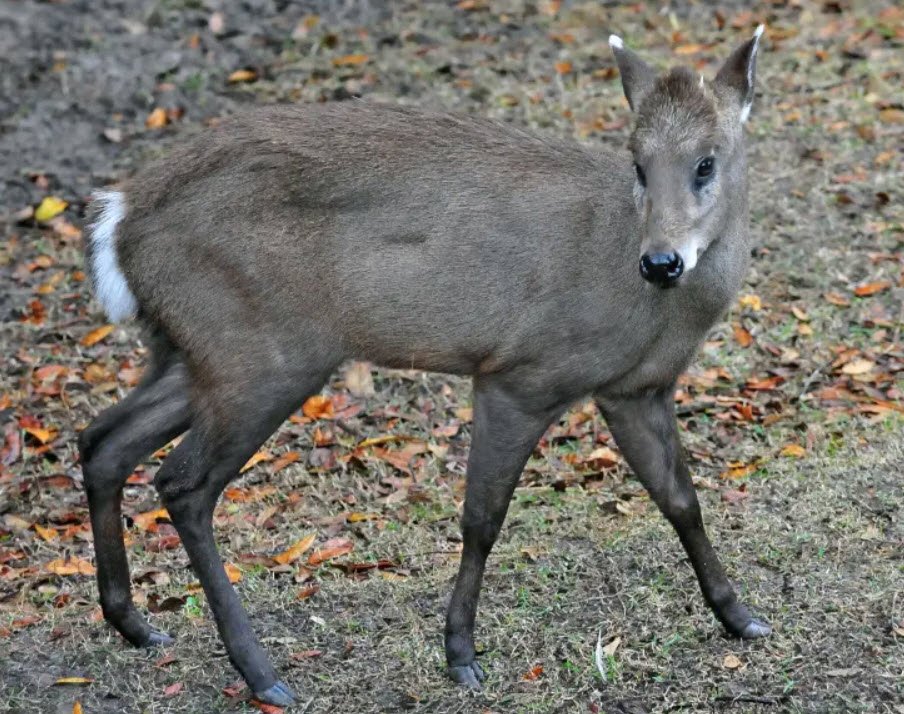
18. Sika Deer (Cervus nippon)
Sika deer, originating from East Asia, are recognized for their distinctive white spots and a black dorsal stripe running along their back.

19. Northern Pudu Deer (Pudu mephistophiles)
Pudu deer, native to South America, are the world’s smallest deer species. They are adorable with short legs and antlers.

20. Sambar Deer (Rusa unicolor)
Sambar deer, native to the Indian subcontinent and Southeast Asia, are the largest deer species in these regions. They have impressive, rugged antlers.

21. Indian Muntjac Deer (Muntiacus muntjak)
Indian muntjac, also known as the barking deer, are small yet widespread across South Asia. They have short antlers and are known for their distinctive barking calls.
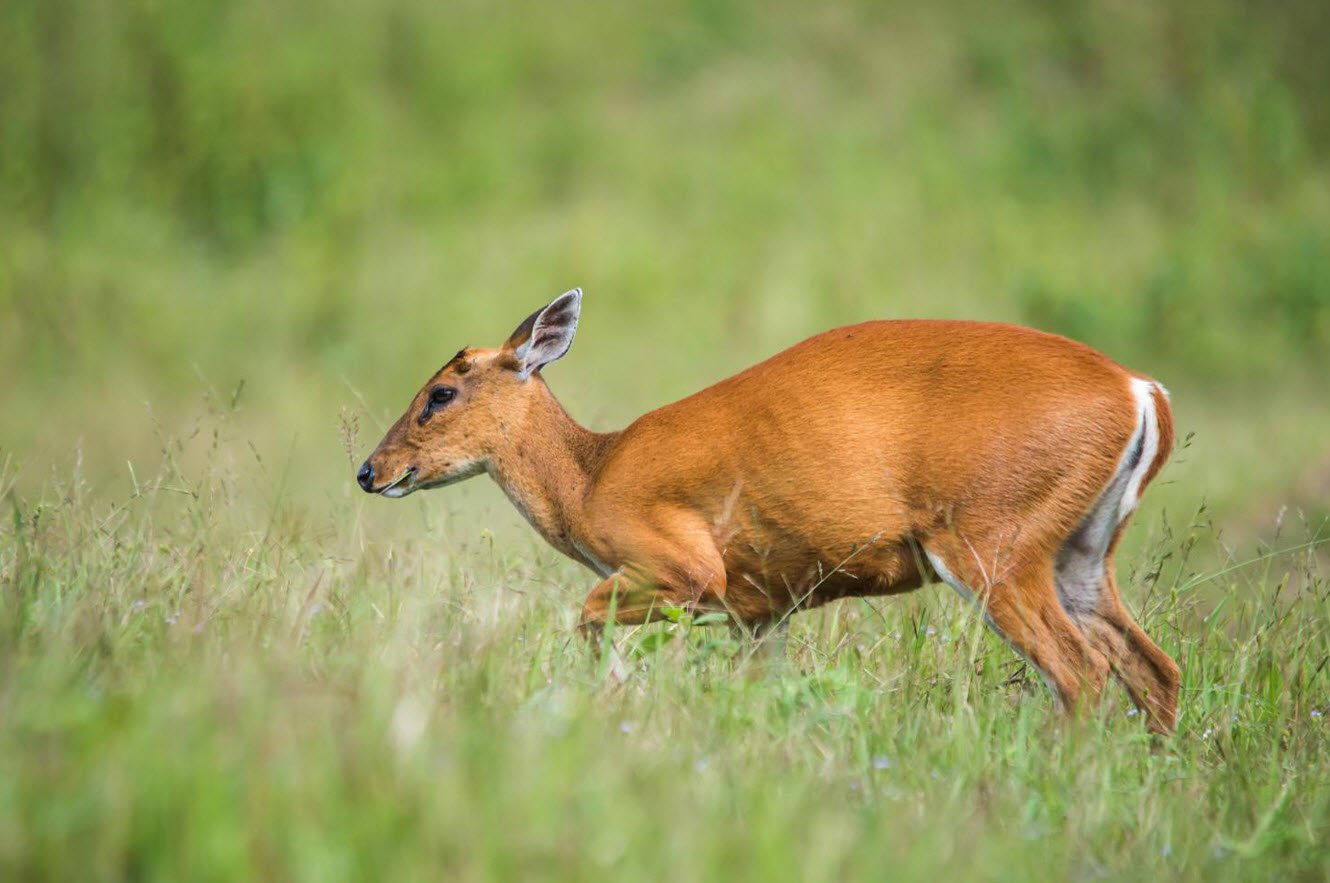
22. Persian Fallow Deer (Dama mesopotamica)
Persian fallow deer, native to the Middle East, are critically endangered. They are known for their large, palmate antlers and attractive coat.

23. Indian Hog Deer (Axis porcinus)
Indian hog deer, prevalent in the Indian subcontinent, are named for their hog-like appearance. They have simple, three-tined antlers.

In conclusion, the diverse range of deer species across the globe showcases the beauty of biodiversity. Each species holds unique characteristics and plays a vital role in its respective ecosystem. Conservation efforts are crucial to ensure the survival and well-being of these majestic creatures for generations to come.



